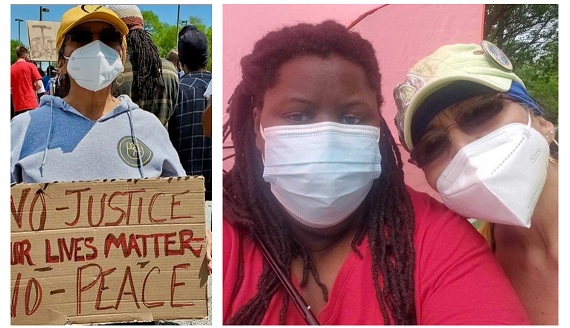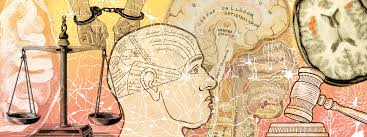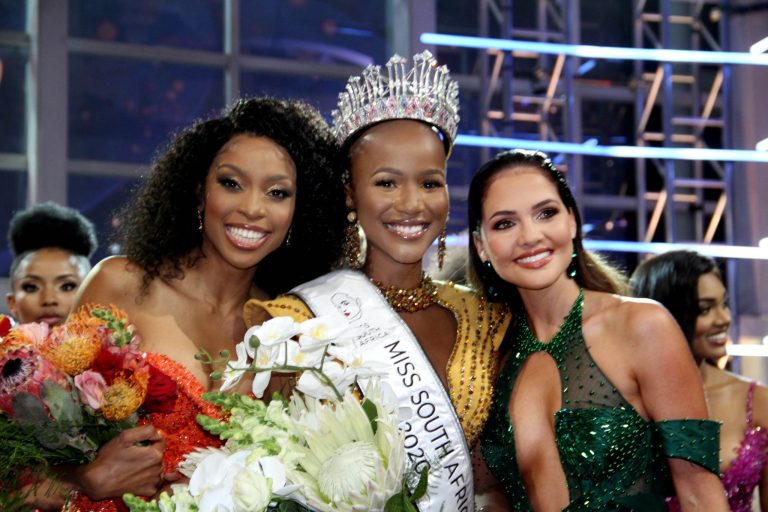Elizabeth “Liz” Palacio, 62, East Chicago, Indiana, retired steelworker
As a brown-skinned woman, I have felt the sting of racism and discrimination. I know a lot of people were afraid to go out [to protests], and I like to stand up for them to make sure their voices are heard. I’m a divorced mother of three who is now engaged. I worked 33 years for ArcelorMittal, which used to be called the Inland Steel.
Now that I’m retired, I want to do things I couldn’t do when I was raising my children. Nobody can sit on the sidelines anymore.
Most of the demonstrators at the Hammond, Indiana protests wore masks and tried to socially distance. They wiped down and sanitized the microphones. A lot of protestors carried signs that said “Black Lives Matter” and “Say their names.” They shouted out the names of George Floyd and Breonna Taylor. A few protesters got teargassed at one of the protests.
I’m glad I went because it gets the word out. We are making people aware and waking them up. We try to give voice to the voiceless.
I’m a God-fearing person. I wasn’t scared though. I said a prayer beforehand. That’s why I’m never afraid.
Mallorie Baron, 60, Berkeley, California, middle school teacher
I teach Spanish to middle schoolers and went out Saturday [June 6] to the protests in Berkeley, where I live. The mood was quite jovial. A lot of music; a lot of young people. Very upbeat.
I’m a single parent. My daughter is 20 and in college, and as she began to educate me, it became clear to me that we have a COVID pandemic and we have a racism pandemic. We have two viruses.
I thought, I need to get up and move. All of us need to move.
Everybody wore a mask. It had to be several thousand people on Martin Luther King Jr. Way chanting, “Say his name: George Floyd” and “Say her name: Breonna Taylor.”
I carried a sign saying “Black lives always matter.”
I saw my neighbor at the march wearing a double mask. She is a widow in her early 80s. Her husband was a professor at University of California, Berkeley.
I was with friends age 50-plus. It was a lot of young families. Maybe 15 percent there were age 60 and above.
The event was put on by the Black Student Union at Berkeley High and by Malcolm X Elementary School. There were a lot of speakers.
I went to make noise, to demand change; I couldn’t sit back and be quiet. In the past I marched in support of the #MeToo movement, against climate change, against [President] Trump. I also did a lot of protesting in my younger years.
I’m so incredibly proud of our young people who are not stopping until there is real change — institutional change — in our world towards creating a more just society, where people of any color can feel that they’re going to get justice. I feel like we’re at a turning point and it’s taken a long time to get here.
We all need to make change however that is: You’re protesting, you’re donating money, you’re donating time, you’re volunteering. You’re being compassionate with everybody.
Freddye Hill, 74, New Orleans, retired social sciences professor
Last Saturday I participated in the march against police brutality in New Orleans organized by the Rays of Love group, which is led by young people. It began in City Park, with more than 1,500 black, white, Asian, Latinx, Native Americans — young and old. I was deeply moved by the organizers’ attention to detail: They were giving out extra masks, water and snacks along the march route. And I was struck by the irony of speakers standing atop the pedestal that once held the statue of Confederate General P.G.T. Beauregard [that was taken down after protests in 2017]. I marched for an hour and left because of a thunderstorm.
My activism to advance the cause of civil rights, human rights and social justice, began when I was 16 and I joined the NAACP youth council. It included protest marches to desegregate the movie theatre in Tampa, even though my father objected.
I’ve seen a lot of changes in my life. In June of 1964 I left Tampa on a segregated Greyhound bus to go stay with my aunt in Atlanta. Two months later I went back to Tampa to get my clothes for college and it was on an integrated bus.
Crocker Stephenson, 64, Milwaukee, retired journalist
I was walking our dog, Camus, a fluffy white Coton de Tulear, with my daughter, Irene, around 9 p.m. in my East Side Milwaukee neighborhood [on May 31] when I heard the sounds of the protests growing louder. I didn’t have my glasses or wallet. I wasn’t even wearing socks.
I was a Milwaukee Journal Sentinel reporter for 34 years. I retired in 2019. I hadn’t been to a demonstration that I didn’t cover as a reporter since the 1970s. But this is my neighborhood and I wanted to show my support. I told my daughter, Irene, to take Camus’ leash and tell my wife I’d probably get arrested.
If things got crazy I wanted to be there to temper both sides. I didn’t want bad things to happen in my neighborhood.
People were yelling and screaming and some were quite angry. It was chaotic, all noises and dark and light. It was a confusing blur to me. That might have been one reason I went to the front of the police line.
I am visually impaired with a degenerative retinal disease. I can’t see well, so I thought that the police officers ahead of me were actually demonstrators. When I got there, I saw my mistake. The police were all dressed in black riot gear from head to toe: helmets and shields and batons. They stood shoulder to shoulder ready for combat. So I said, “Let’s keep this peaceful.” Then I turned around, stepped back up, knelt down and faced the police, with my arms in the air.
Black lives matter. We need to work harder to move our culture towards justice.
Bishop Roy Edward Campbell, Jr., 72, Washington, D.C., Auxiliary bishop for the Catholic Archdiocese of Washington
About 40 or 50 bishops, priests and deacons, and between 100 to 200 lay people, gathered on the sidewalk outside of Lafayette Square on Monday [June 9], which was cordoned off, across from the White House. We prayed there. We recognized George Floyd and the others who have died at the hands of law enforcement in the past. Then we proceeded to walk to the front of the [National] Museum of African American History and Culture, and had our closing prayer there. We were not taking a political side one way or another, we just said we need to pray for justice — for everyone.
God created us with the skin color we have and he loves each one of us. We need to love each other the way God loves us. If we do that we’ll have justice. And it has to start with each of us. That’s what I said at the prayer. Treat others how you want to be treated.
Lois Knowlton, 84, La Mesa, California, ESL teacher, retired college dean, active in community outreach at her Methodist church
I don’t know if you’ve read about La Mesa. It’s a quiet middle-class community of about 60,000, and it was really the first area around San Diego to have any kind of looting after the George Floyd killing in Minneapolis. It’s really sad, but on [Wednesday May 27] there was a problem between a police officer and a young man here, where [the officer] roughed him up. The young man was just waiting for a friend at the trolley stop, so I guess the police officer wanted to move him along because he was black. The protests started out very quietly that Saturday night [May 30], but then we had quite a few small restaurants and stores that had broken windows and looting, and two banks were burned down. I was awake a good part of the night with the helicopters going over.
I took part in the vigil Sunday night, where there were probably 200 or 300 people. We had candles and there were signs [reading] “Black lives matter” and “We love La Mesa.” The mayor was there, with tears streaming down his face.
The Rev. Carlton Barnes, 51, Crown Point, Indiana, steelworker and Baptist pastor
I never marched in a protest until last week. At a protest organized by a local ministers’ group we knelt in silence for 8 minutes and 46 seconds to commemorate George Floyd.
There were more than 100 ministers and parishioners from all over Indiana. I wanted to be a part of the conversation and hopefully bring about change.
This demonstration meant a lot to me. It was wonderful to see people of all colors, generations and religions come together in unity. Everyone wanted to be there. It was really peaceful. People driving by in their cars honked in support. Even the police officers seemed glad to be there. There was a joyful spirit. I really believe this is a true movement all around the country and all around the world. This protest seems like a united voice for change, unity and equality. I’m trying my best to understand what we can do to bring about change. And this protest helped deepen that understanding.
— As told to Christina Ianzito, Katherine Skiba, Betty Winston Bayé and Mark Taylor




